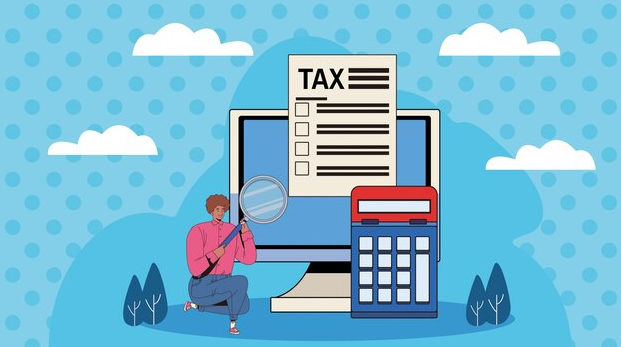Filing taxes in the United States can be a daunting task, especially for those unfamiliar with the complex system. To navigate these waters successfully, it’s crucial to understand the basics and plan ahead. Your focus should be on organizing documents, understanding applicable deductions, and choosing the best method for submission.
By paying careful attention, you can potentially minimize liabilities and maximize refunds. Effective preparation not only saves time but also reduces stress during tax season. This blog will guide you through the essential steps to streamline the process, ensuring you file taxes efficiently and accurately.
Understanding the filing system

The U.S. tax system requires individuals and businesses to report earnings and pay taxes annually to the Internal Revenue Service (IRS). The first step to efficiently filing is understanding the system itself. Taxpayers report income from various sources, including wages, dividends, and other earnings. Each type of income might be subject to different rules and rates.
It’s important to familiarize yourself with the various forms you need to submit and the deadlines associated with them. Knowing whether you’re required to file federal, state, and local returns will help you stay compliant. Many states have their own tax laws distinct from federal guidelines, making it essential to understand both.
Self-employed individuals and business owners often face more complex scenarios, as they are responsible for paying estimated taxes quarterly. Employers typically withhold taxes from paychecks and send them to the IRS on behalf of employees, easing the burden on the individual taxpayer.
Gathering necessary documents
Efficient tax filing starts with organizing and compiling all required documents well before the deadline. Gathering these papers ensures you have all the data needed to report income and claim deductions accurately. Common documents include W-2s, 1099s, and interest statements, which report income from employment and other sources.
Keeping these resources in a dedicated folder throughout the year can save time and stress come tax season. Additionally, documentation supporting potential deductions like receipts for charitable contributions, medical expenses, or education-related costs should be organized and easily accessible.
An often-overlooked aspect is the documentation for any investments or properties. These might include brokerage summaries, property tax statements, and mortgage interest documents. Properly accounting for these can have significant implications on your return.
Choosing the method for preparation
Once your documents are in order, it’s time to decide how you’ll prepare. There are several routes to consider: self-filing using software, hiring a professional accountant, or using IRS free filing options if eligible. Each method has benefits and drawbacks, and the best choice depends on your specific needs, financial situation, and comfort with handling tax matters.
Tax software can be a cost-effective and user-friendly option for those with straightforward tax situations. Most programs guide users through the process step-by-step, identifying potential deductions and ensuring compliance.
For individuals with more complex needs, such as multiple income streams, investments, or business expenses, hiring a certified accountant might be beneficial. Professionals provide tailored advice and precision in handling intricate details. They also offer peace of mind, reducing the likelihood of errors that could trigger audits.
Maximizing deductions and credits
To file efficiently and perhaps reduce your tax burden, focus on maximizing deductions and credits. Deductions lower taxable income, potentially decreasing the amount owed to the IRS. Credits can reduce your total tax liability directly, offering potentially significant savings.
Familiarizing yourself with common deductions, such as those for mortgage interest, state and local taxes, and medical expenses, is a start. However, don’t overlook credits like the Earned Income Tax Credit (EITC) or Child Tax Credit, which offer considerable benefits to eligible taxpayers.
Taxpayers should also leverage deductions related to education, such as the Lifetime Learning Credit or tuition deductions. Additionally, contributions to retirement accounts like Traditional IRAs or 401(k)s can significantly reduce taxable income.
For individuals who itemize deductions, unreimbursed business expenses and certain healthcare costs that exceed a percentage of your adjusted gross income are deductible. These items can add up, offering substantial savings when effectively managed.
Common mistakes to avoid
Filing can seem overwhelming, but understanding common pitfalls can help avoid them and ensure your return is processed smoothly. One frequent mistake is failing to file by the deadline, resulting in penalties and interest on any taxes due.
It’s crucial to be aware of the April 15th deadline and make arrangements to submit on time. Another error is not reporting all income. Ensure you have accounted for all income forms, including gig economy earnings, side hustles, and all forms of interest or dividends.
Incorrect or missing documentation can also lead to issues with the IRS. Ensure all included documents are accurate and present. Double-check numbers and ensure all forms are complete before submitting. Many overlook the importance of verifying personal information.
These errors can lead to processing delays. A common oversight is failing to apply for relevant deductions and credits. Missing these can mean overpaying. Thoroughly review your return for all available deductions and credits. If you miss any, you are essentially leaving money on the table.

